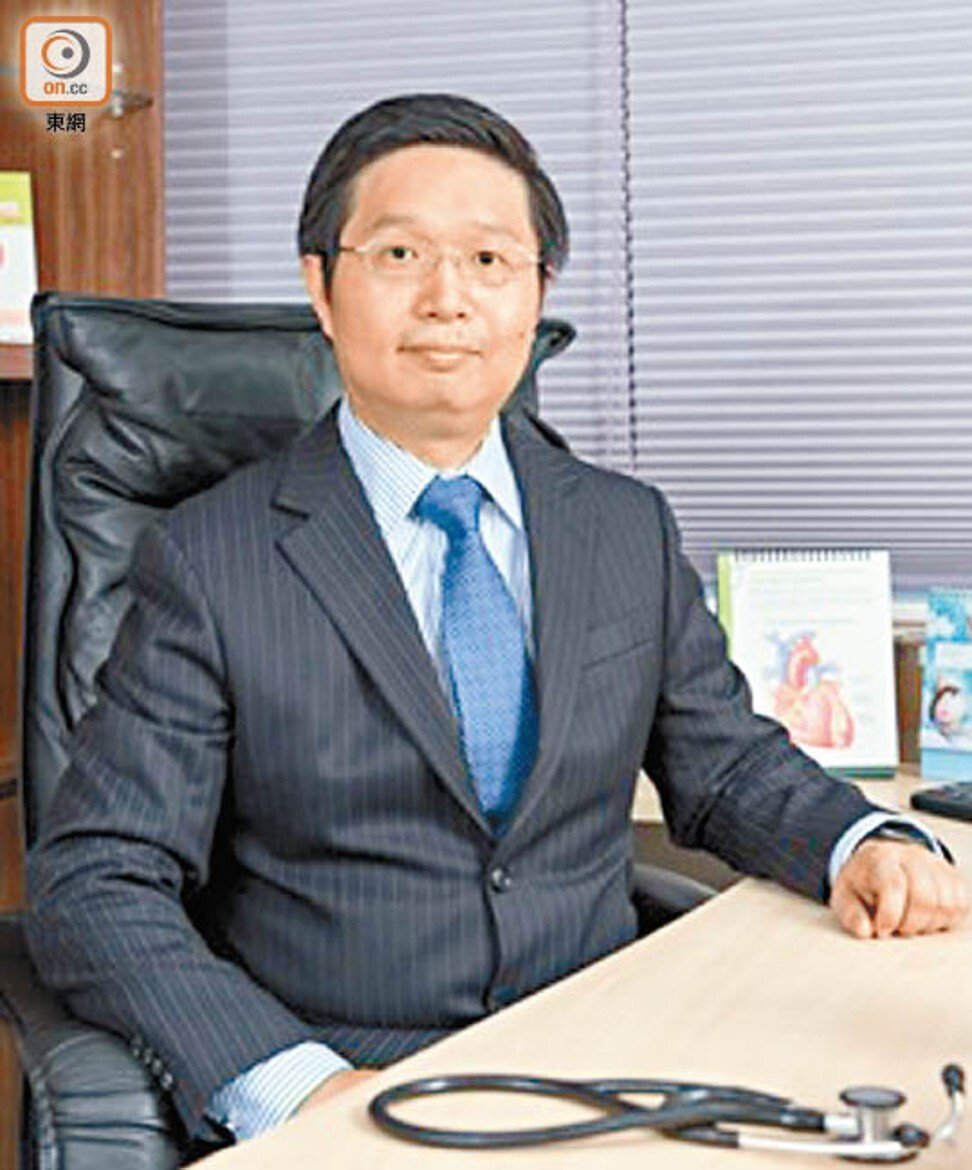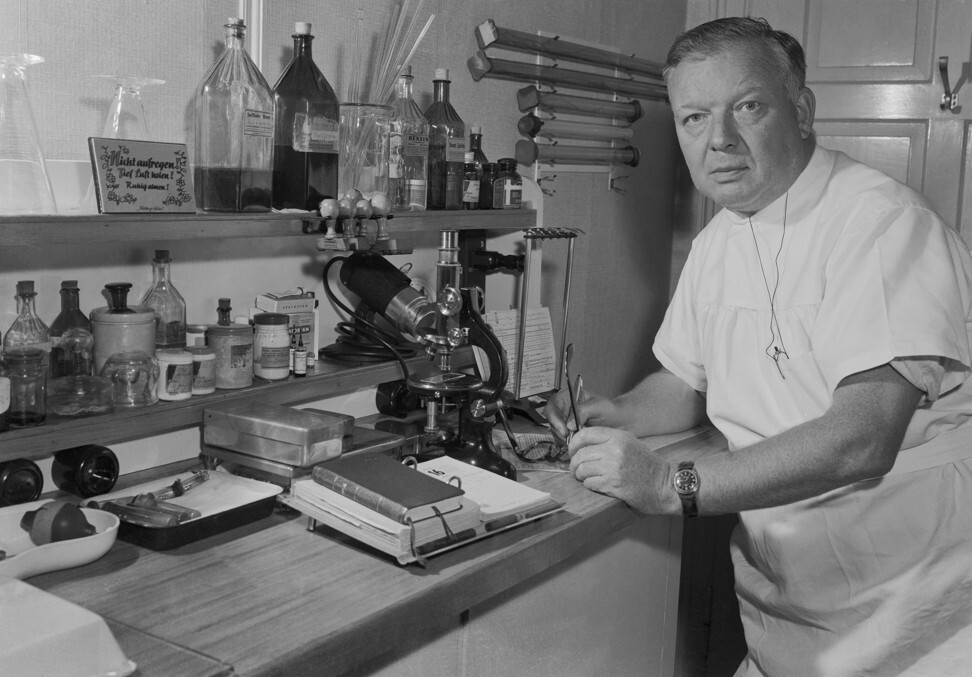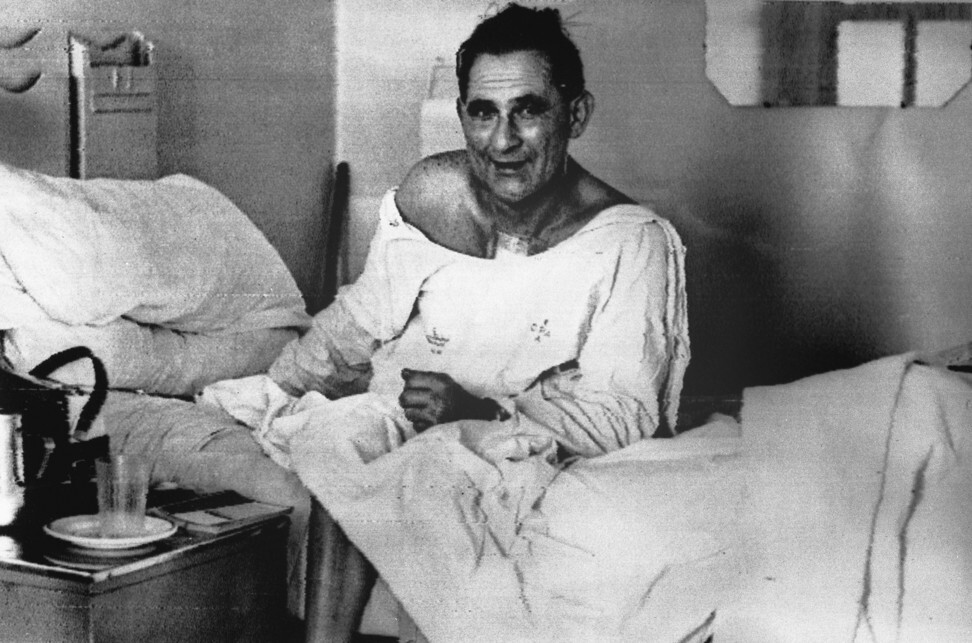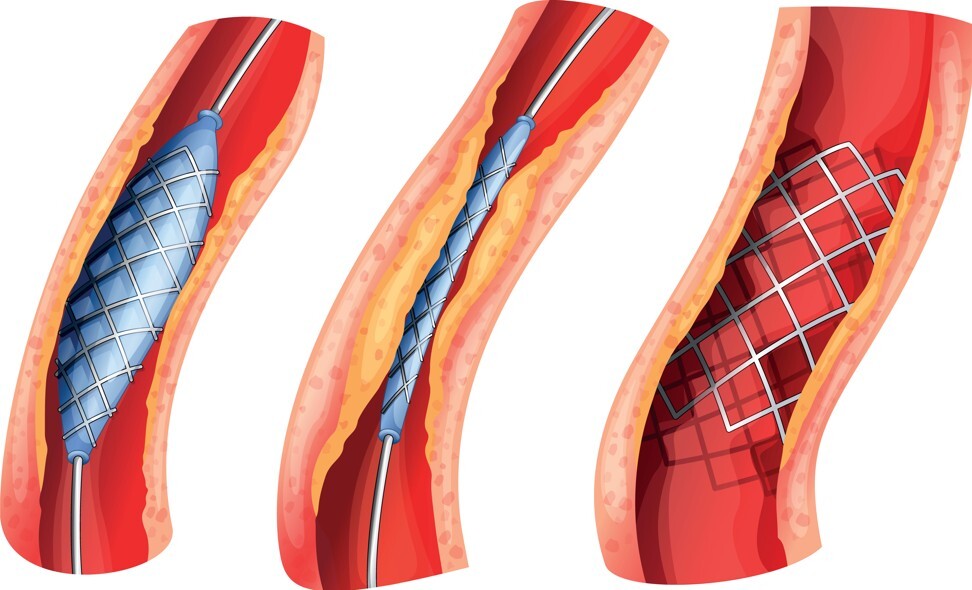
How the heart works and how to keep it healthy for longer – doctors explain
- For an organ the size of two clenched fists, your heart does an amazing job. You need to keep it healthy for it to keep on pumping without having a problem
- Doctors run through the basics of heart health, and the medical advances that have made it much easier for them to keep our hearts beating properly for longer
The human heart is the most incredible pump. A plumber’s dream, it keeps going for years without leaking, draining, needing valve replacements or breaking down and stopping – if we look after it well.
A kitchen tap would need to be turned on full blast for more than 45 years for the amount of water released to equal the amount of blood the heart pumps in an average lifetime: it pumps 60ml (2 fluid ounces) of blood at every beat, 7.6 litres (2 gallons) each minute, and more than 7,500 litres (2,000 gallons) every day.
How hard does the heart work at each beat? Pick up a tennis ball and squeeze it; that’s how hard a beating heart has to work to pump blood around the body. The veins and arteries that thread their way around the cardiovascular system would, if stretched out, cover a distance of 97,000km (60,000 miles). That’s a lot of piping.
It’s not even that big, about the same size as two clenched fists pressed together, in adults, and weighs just 200-250 grams (7-9 ounces).

Dr Vincent Tsang Chi-yan at the Hong Kong Asia Heart Centre in Hong Kong’s Mong Kok neighbourhood, says: “The heart grows as the body grows; its size becomes static at the age of around 20.”
The heart starts to beat in a woman’s uterus when a fetus is four weeks old. A newborn baby has about a cup of blood in their circulation and their hearts beat about twice as fast as that of a healthy adult: 150 times a minute compared to 75.
By the time a fetus is 12 weeks old, its heart pumps 28 litres of blood a day.
The heart has been studied for generations, and surgeons have honed their medical equipment, treatment and surgical techniques for the organ over centuries.

French doctor Rene Laennec (1781-1826) invented the stethoscope so that doctors could more closely observe the heart’s rhythm; he felt it was unseemly to place his ear against women’s chests.
The first open-heart surgery was conducted in 1893 by Daniel Hale Williams, one of few African-American cardiologists in the United States at the time.
In 1929, German surgeon Werner Forssmann (1904-1979) examined the inside of his own heart by threading a catheter into his arm vein and pushing it 50cm (20 inches) to reach his heart, thereby inventing cardiac catheterisation – a now common procedure.
The first implantable pacemaker – an electrically charged medical device to treat irregular heartbeats – was used in 1958. Arne Larsson, who received the pacemaker, lived longer than the surgeon who implanted it and died, aged 86, of a condition quite unrelated to his heart.
How to stay healthy during coronavirus outbreak, flu season
Before implantable pacemakers, patients had to rely on external ones (designed in the 1950s) which were huge and uncomfortable. They had to be plugged into mains electricity, so a patient couldn’t go far – and their heart was subject to power outages.
In 1967, South African Dr Christiaan Barnard transplanted a human heart into the body of Louis Washkansky. Although the recipient lived only 18 days post-operation, it is considered the first successful heart transplant. Today, almost 5,500 heart transplants are performed globally every year.

So how do we look after this extraordinary life-giving apparatus? For a start, make healthy life choices, says Hong Kong cardiologist Dr Adrian Cheong Yan-yue, a partner at the Heart Clinic in Central district and honorary clinical assistant professor at the Chinese University of Hong Kong.
Avoid arterial blockages – atherosclerosis: accumulations of cholesterol in the heart arteries which are the most common cause of heart problems. Do this by not “overindulging on foods rich in saturated fat and refined carbohydrates such as sugar and bread, not smoking, and exercising regularly”, Cheong says.

These basic tests, says Tsang, such as “an ECG, echocardiogram (ultrasound of the heart) can give a lot of information.”
“If one wants to look at the coronary arteries more accurately and non-invasively, a CAT scan of the heart vessels is the option of choice,” he adds.
The secret to a long life? It’s in the Okinawa diet
The problem is, says Cheong, that generally tests are only done when patients already have symptoms of heart problems. “Often this is quite advanced in the disease process and the damage done may not be reversible,” he says.

“There are new types of coronary artery stents (which help to open up narrowed arteries), and now even structural heart diseases like heart valve problems and congenital defects can be treated using catheters (tubes, the width of a ballpoint pen),” he continues.
“Therefore, patients will just have needle holes left on the body surface after the surgery. They can walk and eat right after the operation.”
All together now: the benefits of exercising as a family
Cheong agrees surgery is so safely non-invasive today that “even the elderly who would probably not survive an open-heart operation can be treated effectively and safely with these techniques, and now younger patients in the prime of their lives can benefit from minimally invasive valve treatments too, as the techniques and materials are mature.
“It is a wonderful thing to be able to treat valve diseases safely with minimal disruption to their busy lives.”
It is not just heart surgery that is changing; medications are, too.
Thirty years ago, says Cheong, “someone with severe heart failure would have had a 50 per cent chance of dying within six months (worse than advanced cancer); nowadays I can treat someone and discharge them within a few days. That’s a huge improvement in survival and more importantly, quality of life.

“This is all thanks to a constellation of medications developed over many years, proven by clinical trials conducted on hundreds of thousands of patients. It really is one of the miracles of modern medicine, and it is what fascinated me about cardiology in the very beginning of my medical studies.
“There are medications to consistently lower cholesterol levels by 50 to 60 per cent available … it opens up the possibility of reversal of the accumulation of cholesterol in the blood vessels.”
How healthy are Hongkongers’ hearts? Thanks to these advances in medicine, statistics show a progressive and sustained reduction in the previous number one killer – heart artery blockages – over the past 30 years, says Cheong. However, he says, “around 80,000 people still go into hospital every year due to heart disease, [and] roughly 10 per cent of them die”.

